USB-C vs. Micro USB: Comparing Speed, Durability, and Cost
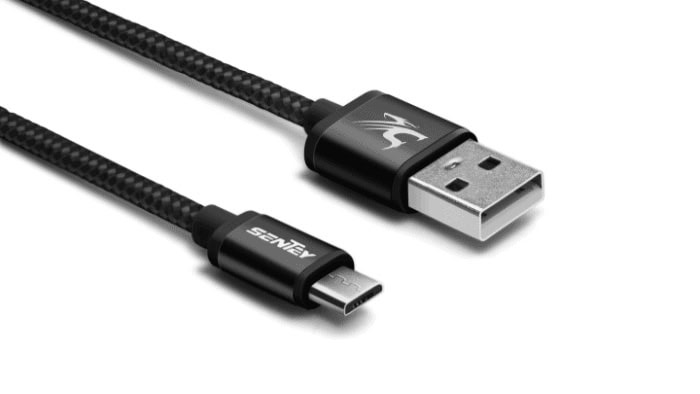
Charging your phone or connecting devices might seem straightforward until you’re faced with a choice between USB-C and Micro USB. These two connectors have shaped the way we power up and share data, but each brings unique strengths and limitations to the table.
USB-C, now common on the latest laptops, smartphones, and accessories, promises faster speeds and hassle-free use, while Micro USB still finds a home in many affordable gadgets you probably own.
Technical Performance
Comparing USB-C and Micro USB reveals significant differences in power and speed. As technology advances, our devices demand more efficient charging and faster data transfer.
The connector you use can either speed up your workflow and keep your devices powered longer, or hold you back with slow charging and sluggish file transfers.
Charging Speed
Power delivery has become a major concern for modern users who expect their devices to go from zero to fully charged in the shortest time possible. USB-C leads the way, supporting up to 240 watts of power through the latest USB Power Delivery 3.1 standard.
That level of output lets USB-C charge not just phones and tablets, but also power-hungry laptops, 4K monitors, and even some portable game consoles with ease.
In contrast, Micro USB tops out at 15 watts, which limits it mostly to smaller devices. Charging a smartphone or wireless headphones with Micro USB may still get the job done over time, but attempting to power up a high-performance device would result in painfully slow charging or even an outright failure to keep up with power demands.
USB-C’s fast-charging capability has made it the standard for anyone who doesn’t want to be tethered to a wall outlet for hours.
Data Transfer
Speed doesn’t stop at charging. Moving large files, backing up your phone, or connecting high-speed accessories all rely on fast data transfer.
USB-C, especially with USB4, can transfer data at speeds up to 40 gigabits per second. This is fast enough to move entire HD movies, hefty photo libraries, or complex design files in seconds.
Micro USB, usually built to the USB 2.0 specification, supports transfer speeds up to 480 megabits per second. That’s a huge gap compared to USB-C.
For casual users, Micro USB might suffice for syncing contacts or music, but transferring big files or handling intensive tasks simply isn’t practical. USB-C’s superior data transfer speeds make it the go-to choice for creators, professionals, and anyone who values efficient, high-speed connectivity.
Design and Durability
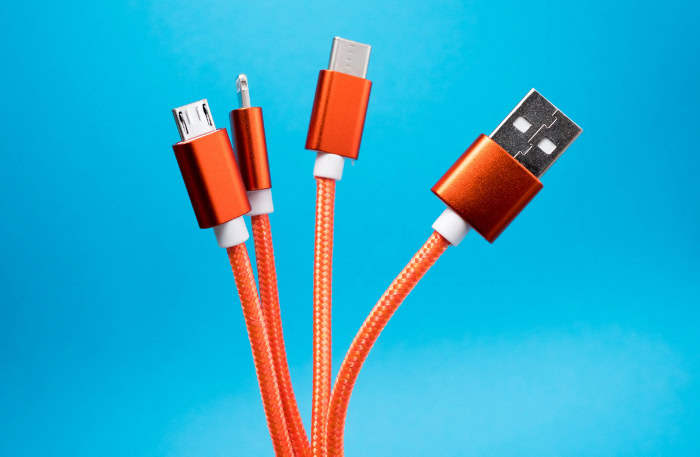
A connector’s design impacts how convenient it is to use each day, as well as how long it will last through constant plugging and unplugging. Careful engineering can make the difference between a satisfying connection and a fumble that leads to wear and tear.
Reversibility
USB-C’s user-friendly design removes the frustration of trying to figure out which way to insert your cable. The connector is completely reversible, meaning it fits into the port regardless of which way it is turned.
This orientation-agnostic feature saves time and helps prevent accidental damage caused by forcing the connector in the wrong way, a problem that has long plagued older connector types.
Micro USB, on the other hand, requires careful attention whenever plugging in. The connector only fits in one orientation, and getting it wrong can quickly become a hassle, especially in low-light situations or when you are in a hurry.
The non-reversible design also introduces a risk of damaging either the cable or the port over time, as users may attempt to insert it incorrectly.
Physical Resilience
Durability is a deciding factor for users who plug and unplug their devices multiple times each day. USB-C outshines Micro USB in this regard with a robust build intended for frequent use.
Official specifications rate USB-C connectors for over 10,000 insertion and removal cycles. The connector’s solid, symmetrical metal shell and thicker internal pins help it resist everyday wear.
Conversely, Micro USB’s thinner connector pins and more delicate structure make it less durable over the long run. The design’s one-sided plug adds to the strain as users may try to force the connection, accelerating wear.
Physical resilience can be a deciding factor in environments where cables see rough or repeated use, such as in schools, offices, or with travel gear. Over time, a USB-C port is likely to remain reliable, while Micro USB ports are known to loosen or fail after extended use.
Cost and Compatibility
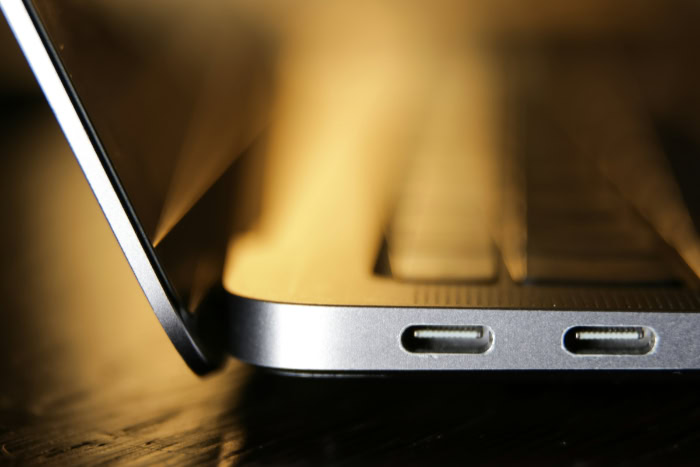
Price and device compatibility play a big role in determining which connector appears in a new phone, laptop, or accessory. While advances in technology are important, affordability and practicality often shape the kinds of ports manufacturers choose.
Both USB-C and Micro USB have found their place within different segments of the market based on these factors.
Price
Manufacturing costs matter, especially for companies focused on producing budget-friendly electronics. Micro USB wins in this department, as its older and simpler design is less expensive to produce.
This is why many affordable gadgets-such as low-cost headphones, portable speakers, or basic IoT devices-still rely on Micro USB. Brands looking to cut costs can offer competitive pricing by using ports and cables that have been around for years.
USB-C, with its advanced technical features and more robust construction, typically costs more to implement. The added expense comes from the more complex connector design and increased internal wiring requirements, which support higher charging power and faster data transfer.
However, as economies of scale kick in and USB-C becomes more widespread, the price gap has started to shrink, making it more accessible even for some mid-range gear.
Adoption
Widespread USB-C adoption signals a shift toward faster, smarter, and more convenient connectivity. Modern smartphones, tablets, laptops, and even high-end headphones have moved toward USB-C as the standard port.
This change simplifies life for users who can now rely on a single type of cable across multiple devices.
Meanwhile, Micro USB remains a fixture among budget technology and many legacy gadgets still in use today. Users will frequently encounter Micro USB on affordable peripherals, battery banks, and older smartphones.
Compatibility can become a hassle for anyone juggling both older and newer devices, as it requires maintaining a collection of cables to suit each port type. The shift toward USB-C in new devices suggests a future where one connector handles almost everything, but Micro USB continues to be relevant where cost savings and simplicity are needed most.
Ideal Use Cases
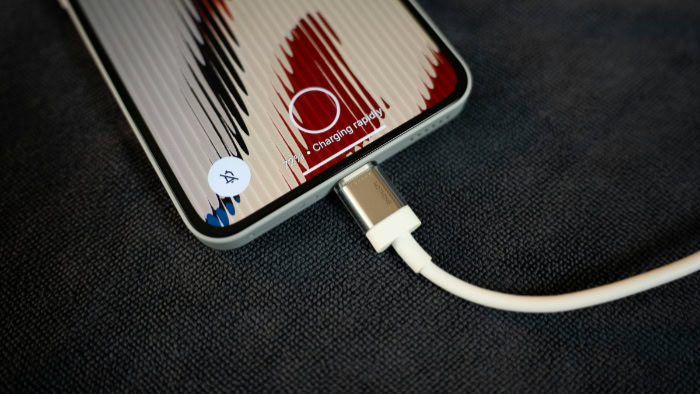
Choosing between USB-C and Micro USB often comes down to the device’s demands and the expectations of its users. As technology keeps pushing boundaries, the need for faster charging, higher data transfer speeds, and reliable connections influences where each connector type fits best.
Each port shines in certain situations, serving distinct user needs across a range of electronics.
USB-C
USB-C has become synonymous with versatility and high performance. Devices that require rapid charging, swift data movement, or support for the latest peripherals now almost exclusively feature USB-C ports.
High-performance laptops benefit from USB-C thanks to its ability to deliver significant amounts of power, making bulky charging adapters a thing of the past. The same port can also handle video output for 4K displays or connect to fast external drives, simplifying the user experience and reducing clutter.
Smartphones, especially those from major brands released in the past few years, rely on USB-C for fast charging and data synchronization. Even many tablets and gaming consoles have adopted USB-C, leveraging its reliability and speed.
Industrial and professional equipment, which demands both robust durability and compatibility with a range of accessories, finds USB-C an appealing choice too. The result is a universal connector that can handle a wide variety of tasks without switching cables or adapters.
Micro USB
Despite the shift toward newer standards, Micro USB maintains its place in the world of simple, low-power gadgets and accessories. Devices like budget headphones, basic computer peripherals, and small IoT sensors continue to use Micro USB due to its affordability and widespread availability.
Many older gadgets, including older model smartphones, e-readers, and portable speakers, still run perfectly well on Micro USB, ensuring that the connector remains relevant for millions of users.
For manufacturers looking to keep costs low or serve markets where cutting-edge performance isn’t necessary, Micro USB is often the connector of choice. Its straightforward design and lower production costs make it ideal for products where data speed and charging power are secondary considerations.
At the same time, existing users who own several devices with Micro USB ports value compatibility and convenience.
Industry Shift to USB-C
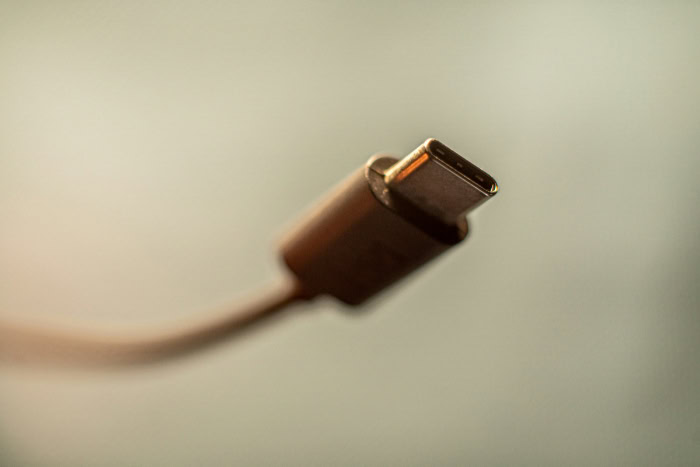
A dramatic shift is underway in the world of device connectivity. As user expectations rise and technology becomes more complex, the need for a universal, versatile connector gains momentum.
USB-C is emerging as the new norm for charging and data transfer, not just by virtue of its technical abilities but also due to the pressures and opportunities shaping the tech industry.
Versatility
USB-C stands out for its unmatched flexibility. One port can now serve a range of functions, allowing users to charge devices, transfer data at lightning-fast speeds, and even transmit high-definition video signals.
Support for alternate modes, such as DisplayPort and Thunderbolt 4, means a single USB-C port can connect to 4K monitors, external graphics cards, and high-performance storage devices. That level of adaptability helps tech manufacturers streamline their designs, reduce clutter, and offer cleaner user experiences across phones, tablets, and laptops.
Instead of juggling a tangle of different cables and adapters, many modern devices allow users to rely on a single USB-C connector for nearly every need. The convenience appeals to both consumers and professionals who value simplicity and efficiency.
Regulatory Push
Adoption of USB-C is not driven by convenience alone. Governments are stepping in to set new standards, with the European Union leading the charge.
Mandates requiring USB-C for small electronics, including smartphones, tablets, cameras, and headphones, are set to take effect. The goal is to reduce electronic waste, simplify the lives of consumers, and encourage universal compatibility.
Such legal measures are accelerating the decline of legacy connectors like Micro USB, giving manufacturers a clear direction and deadline for updating their products.
Conclusion
USB-C and Micro USB have each served important roles in powering and connecting devices, but their capabilities and future outlooks differ sharply. USB-C excels with faster charging, higher data speeds, and a thoughtful, durable design that eliminates confusion and frustration.
Its ability to handle advanced functions, paired with growing regulatory support, is driving its adoption across everything from laptops to headphones.
Micro USB still offers value in cost-sensitive and low-power applications, remaining the connector of choice for many affordable and legacy gadgets. However, modern demands for speed, reliability, and efficiency are pushing the industry toward USB-C as the preferred solution.
Expect to see USB-C on a growing number of devices, delivering greater convenience and performance for users, while Micro USB gradually phases out wherever it is no longer essential.
